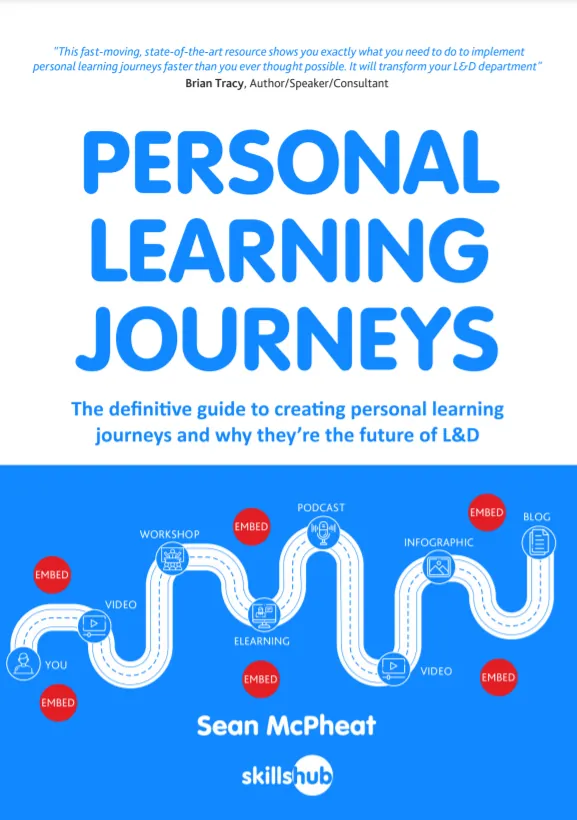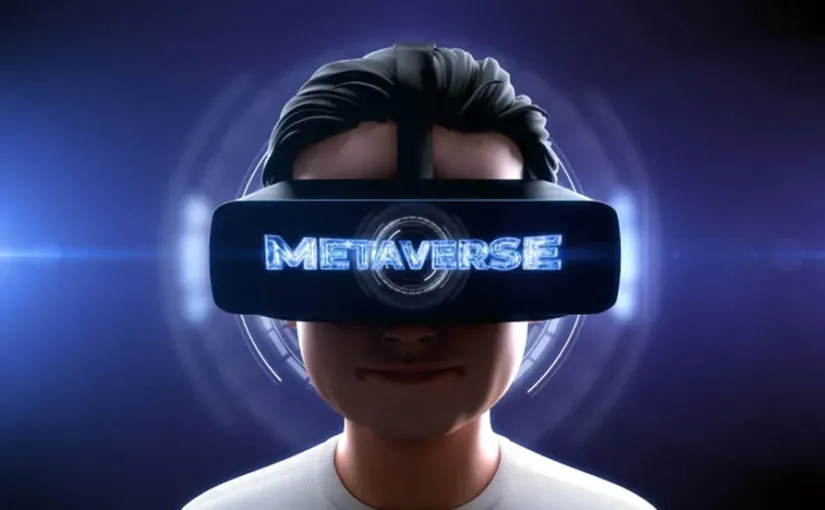For the first time ever, we are facing a work-force with 5 different generations working alongside each other: Traditionalists, Baby Boomers, Generation X, Millennials and Generation Z.
As if this situation wasn’t hard enough for workers – in terms of the inter-generational collaboration challenges – L&D professionals are faced with a whole new problem as they seek to engage with an audience that has a diverse range of learning styles.
How do L&D professional engage with such a diverse audience?
Well, it’s about taking into account and not ignoring the generational learning styles and developing L&D strategy that resonates with each individual generation.
Now, while of course the different generations share many similar outlooks in many areas, research from Florida Institute of Technology suggests there are some distinct generational preferences in learning style that L&D professionals should be aware of when planning and delivering training:
Generation X
They differ from Baby Boomers in that Generation X tend to be more cynical and sceptical meaning more persuasion may be needed when communicating a message than with other generations.
They are quite ‘reality driven’ and want to know how training will help them in the real world, that is, if they are to engage with it.
They tend to reject ‘touchy feely’ teaching methods.
To connect with Generation X researchers advise that training should includes games and case studies and assignments with a “real world” feel.
Clear instructions should be provided and trainers should get to the point quickly.

Learn How To Create Personal Learning Journeys For FREE!
Generation Y
They tend to be more optimistic, want immediate feedback but are not used to receiving negative feedback.
They have a short attention span, unsurprisingly are wired 24/7 and arguably more accepting of authority than generation X.
They are thought to be highly visual learners and while generation X enjoy and are comfortable with technology this generation expect technology to be incorporated in their learning.
Their short attention spans means that bite-size learning might be a more favourable training option for them.
These two generations (X and Y) share a lot of similarities in their learning as they both grew up using technology in one form or another, and both generations will respond well to technology based visual learning.
Boomers
This generation is markedly different from Gen Y and Gen X in that they were brought up pre- technology and as a result tend to prefer tactile learning.
They like facilitated, instructor-led learning and enjoy taking in information using books and handouts.
Now, these generational differences are not hard science, they are broad generalisations across generations, but what we can be sure of is that there are a range of preferred learning styles in existence.
Ready to level up your L&D strategy with the help of an eLearning company? Get in touch with us today!
Even if you don’t believe in this broad generational classification of learning style, the existence of multiple learning styles in the work-place at least calls for a more blended approach to training which combines traditional approaches to training with more modern and cutting edge training delivery methods.


 For the first time ever, we are facing a work-force with 5 different generations working alongside each other: Traditionalists, Baby Boomers, Generation X, Millennials and Generation Z.
For the first time ever, we are facing a work-force with 5 different generations working alongside each other: Traditionalists, Baby Boomers, Generation X, Millennials and Generation Z.










